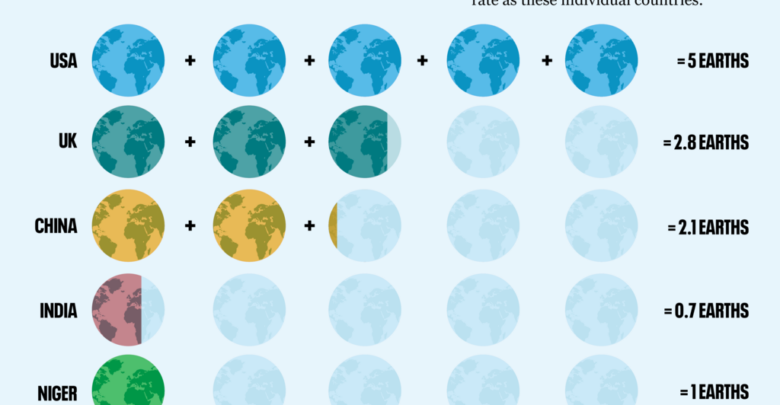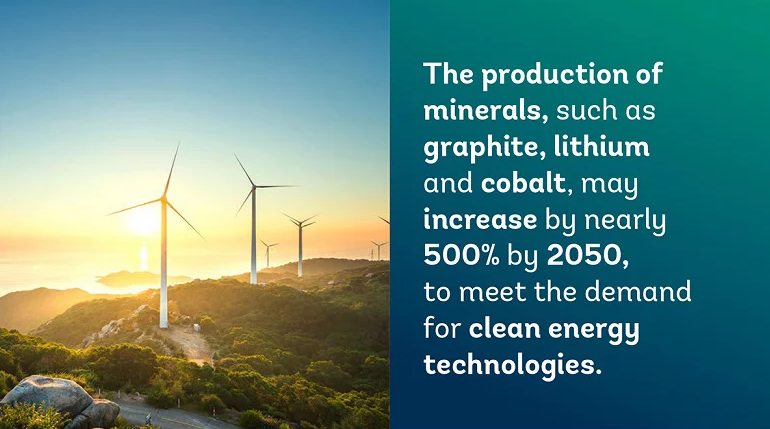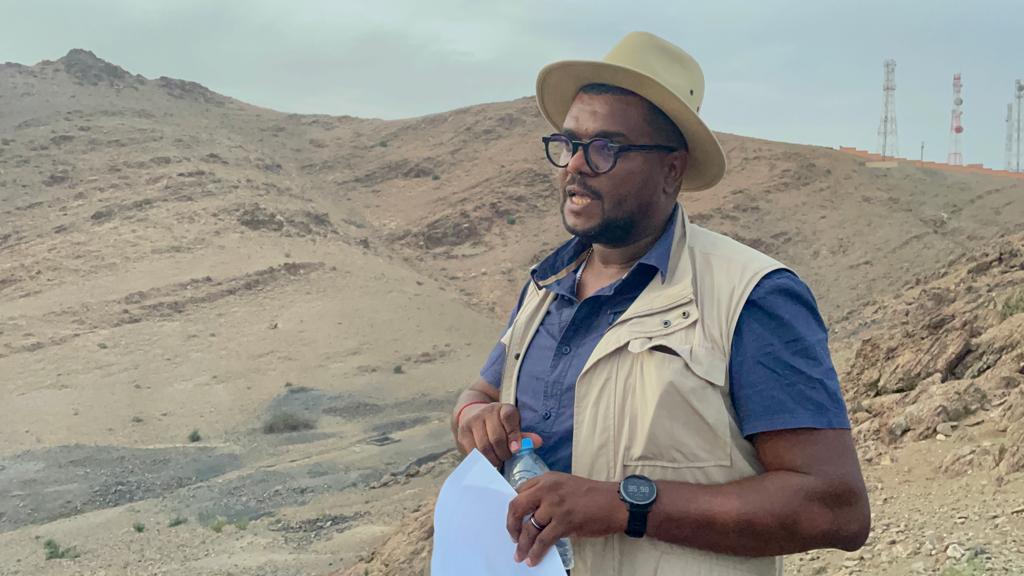Mines Géologie
Addressing the Scarcity of Raw Materials: A Global Economic Concern

In an era marked by innovation and progress, we often overlook the critical role that raw materials play in shaping our world.
In recent years, we have witnessed a surge in demand for essential resources, ranging from metals like lithium for batteries to rare earth elements crucial for electronics. However, the harsh reality is that our planet’s finite resources are under immense pressure, leading to a potential economic earthquake.
The scarcity of raw materials is not just an environmental concern; it is a ticking time bomb for economies worldwide. As demand skyrockets, supply struggles to keep pace, triggering soaring prices and disruptions in manufacturing. According to the World Bank Group report, « Minerals for Climate Action: « The Mineral Intensity of the Clean Energy Transition, » finds that the production of minerals, such as graphite, lithium and cobalt, could increase by nearly 500% by 2050, to meet the growing demand for clean energy technologies. It estimates that over 3 billion tons of minerals and metals will be needed to deploy wind, solar and geothermal power, as well as energy storage, required for achieving a below 2°C future.

The scarcity challenge is not all doom and gloom; it’s a call for innovation. Industries must embrace sustainable practices and invest in technologies that promote resource efficiency. The rise of circular economies and recycling initiatives is a testament to the power of innovation in mitigating scarcity’s impact.
The scarcity of raw materials is not confined to one corner of the globe; it sends shockwaves worldwide. Whether it is the automotive industry grappling with a shortage of semiconductors or the renewable energy sector struggling to meet demand, the effects are felt globally. According to McKinsey, these shortages will disrupt their supply chains.
Companies adopting a circular economy model are leading the charge. Take Apple, for example. They’ve committed to using 100% recycled materials in their products, a move that not only addresses scarcity but also resonates with environmentally conscious consumers.
The scarcity challenge compels businesses to embed sustainability into their DNA. Consumers are increasingly making choices based on a company’s commitment to ethical sourcing and sustainable practices. According to a Nielsen survey, 66% of global consumers are willing to pay more for sustainable brands.
Addressing raw material scarcity requires a united front. Governments, businesses, and consumers must collaborate to find sustainable solutions. From policy frameworks encouraging responsible sourcing to grassroots movements advocating for mindful consumption, every effort counts.
Youssef DAAFI,
CPG-AIPG, EurGeol-EFG, QP-MMSA, RM-SME, FWAIMM






